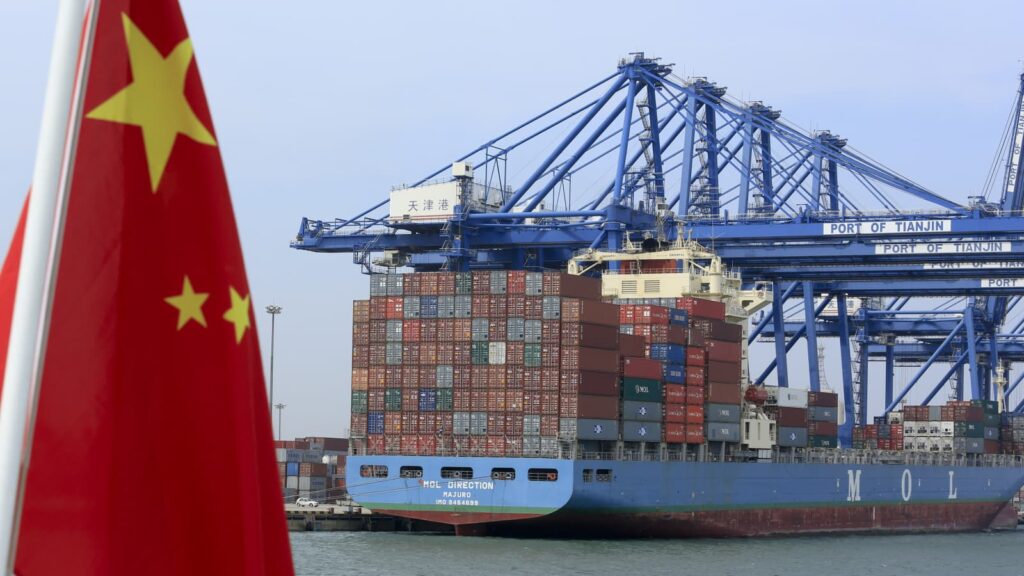China’s export sector faced a significant downturn in August, with exports dropping by 8.8% compared to the same month the previous year. This steep decline has raised concerns about the broader state of the global economy, as weaker demand from key trading partners like the United States and Europe underscores the challenges China faces amid slower international growth and lingering geopolitical tensions.
Decline in Exports and Weaker Global Demand
The downturn in China’s exports highlights the country’s vulnerability to fluctuations in global demand, particularly in major consumer markets. The 8.8% decrease comes as many developed economies grapple with high inflation, elevated interest rates, and reduced consumer spending. These factors have dampened demand for Chinese goods, which range from electronics and textiles to machinery and consumer products. Furthermore, the ongoing trade tensions between China and the United States continue to affect economic relations, leading many U.S. firms to diversify supply chains and seek alternative suppliers outside of China.
Domestic Economic Challenges
In addition to weaker demand from abroad, China faces significant economic challenges domestically. The country’s manufacturing sector has struggled with supply chain disruptions, elevated input costs, and reduced factory output, all of which have weighed on economic growth. Moreover, the Chinese real estate sector, a critical driver of economic activity, is dealing with its own crisis, with major property developers facing liquidity issues and slow sales, which has affected investor and consumer confidence.
China’s government has introduced various measures to stimulate economic growth, including targeted infrastructure investments and interest rate cuts aimed at boosting lending and consumption. However, the country’s zero-COVID policy, which was relaxed but has left lasting impacts on production and logistics, continues to affect economic stability.
Impact on Global Economy and Future Prospects
China’s role as a key global supplier means that fluctuations in its exports can have ripple effects throughout the global economy. Many industries worldwide rely on Chinese exports for components and finished products, and a sustained decline in Chinese exports could exacerbate supply chain constraints and lead to price increases for various goods.
Analysts remain divided on the long-term outlook for China’s export sector. Some believe that as inflation pressures in the U.S. and Europe subside, consumer demand may recover, potentially boosting Chinese exports. Others argue that the shift toward diversified supply chains, with companies relocating manufacturing to countries like Vietnam, India, and Mexico, may pose a permanent challenge to China’s export dominance.
In response to the export slowdown, China may need to accelerate its economic rebalancing efforts, focusing more on boosting domestic consumption and reducing dependence on exports. This shift could take time, but it represents a potential pathway for China to maintain economic stability amid changing global dynamics.
China’s export decline in August serves as a stark reminder of the challenges facing both the Chinese economy and the global market. As countries continue to grapple with inflation and economic uncertainty, the future of China’s export sector will remain closely watched by economists and industry leaders worldwide.


